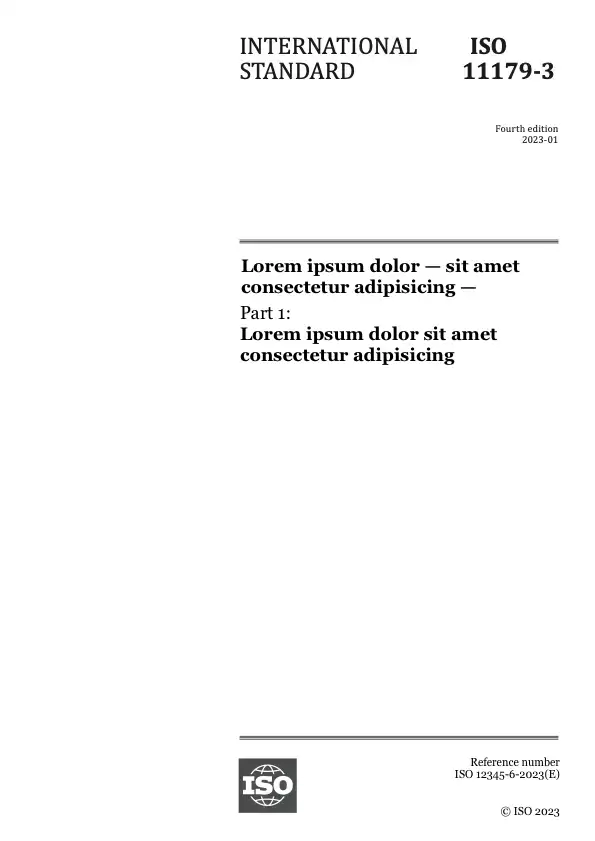Resumen
ISO 14837-1:2005 provides general guidance on ground-borne vibration generated by the operation of rail systems, and the resultant ground-borne noise in buildings.
It lists the factors and parameters that need to be taken into consideration and offers guidance on prediction methods appropriate for a range of circumstances (e.g. to support the assessment of effects on human occupants and sensitive equipment or operations inside the buildings in addition to the predictions required to assess the risk of damage to building structures).
Attention is paid in ISO 14837-1:2005 to characteristics of the source: emission (e.g. train, wheel, rail, track, supporting infrastructure); propagation path: transmission (e.g. ground condition, distance); and receiving structures: immission: (e.g. foundations, form of building construction).
The guidance covers all forms of wheel and rail systems, from light-rail to high-speed trains and freight. ISO 14837-1:2005 provides guidance for rail systems at-grade, on elevated structures and in tunnels.
It does not deal with vibration arising from the construction and maintenance of the rail system. It does not deal with airborne noise. Structure-radiated noise from elevated structures, which can have a significant environmental impact, is also excluded.
Preview
Informaciones generales
-
Estado: PublicadoFecha de publicación: 2005-07Etapa: Norma Internacional confirmada [90.93]
-
Edición: 1Número de páginas: 45
-
Comité Técnico :ISO/TC 108/SC 2
- RSS actualizaciones
Ciclo de vida
Got a question?
Check out our FAQs
Opening hours:
Monday to Friday - 09:00-12:00, 14:00-17:00 (UTC+1)

